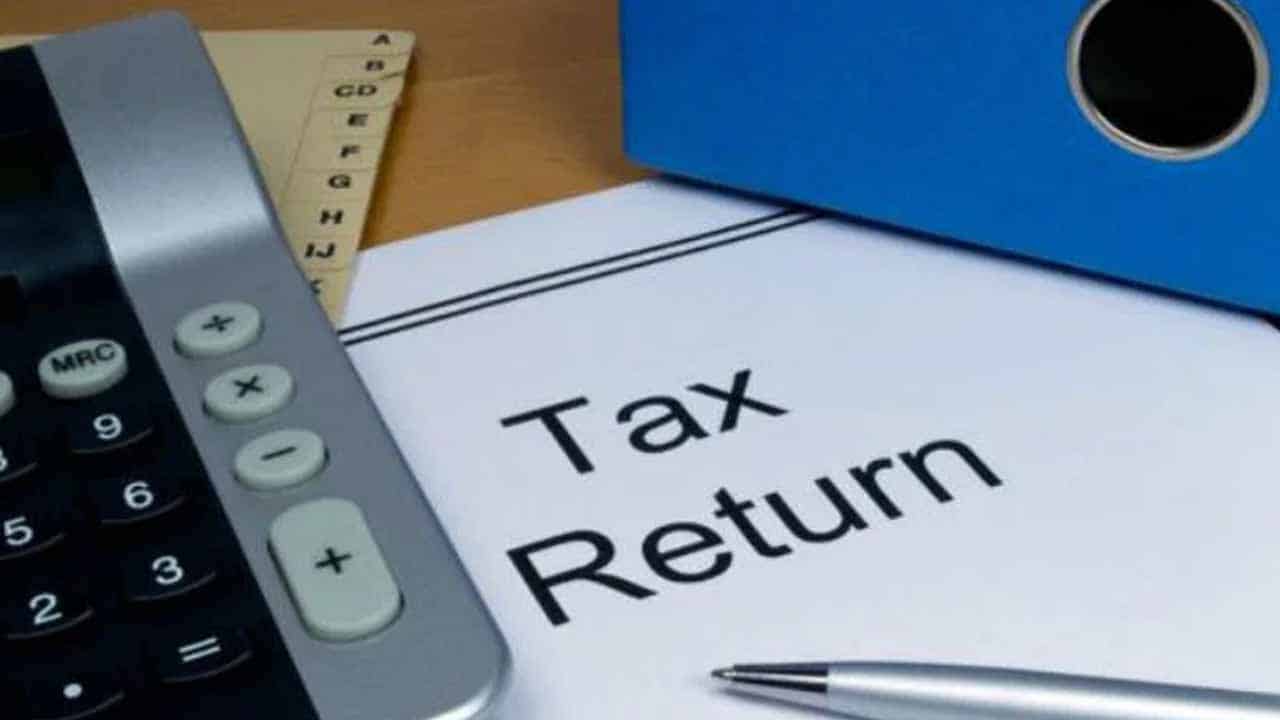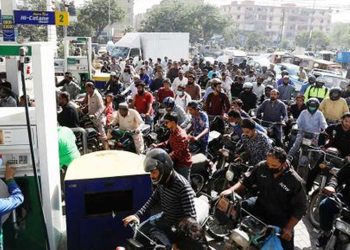For the salaried class, the government proposed a tax rate of 2.5 percent for income brackets of Rs50,000 to Rs100,000. For income earners from Rs100,000 to Rs300,000 per month, the proposed tax rate is 12.5 percent.
For taxable incomes exceeding Rs3,600,000 but not exceeding Rs6,000,000, the FBR proposed tax rate is 20 percent. For taxable incomes exceeding Rs6,000,000 but not exceeding Rs12,000,000, the FBR proposed tax rate is 25 percent.
As per the new tax policy, any individual with an annual taxable income exceeding Rs12,000,000 will be taxed at a rate of 32.5 percent on the amount exceeding Rs12,000,000. This is in addition to a fixed tax amount of Rs2,004,000. Previously, the tax rate proposed by the FBR was 35 percent.
This change in policy comes after continuous negotiations between the IMF, Ministry of Finance, and State Bank of Pakistan. It is expected that the IMF will share a draft of the Memorandum of Financial and Economic Policies next week.
The IMF, Ministry of Finance, and State Bank of Pakistan are in continuous talks. Minister of Finance Miftah Ismail also chaired a meeting related to the government’s strategy for increasing power tariffs.
The IMF has objected to the government’s estimates of allocating Rs225 billion for Price Differential Claims (PDCs) for the next budget, as the IMF assessed that it might escalate to over Rs350 to Rs450 billion. The fuel price adjustment for May 2022 is estimated at Rs8 per unit, while it may go up further for June 2022.
The increased prices of RLNG in the international market have increased woes of cash bleeding power sector as the price of furnace oil and coal also went up, thus, increasing generation cost manifold.
The proposed amendment to the Poverty Alleviation Tax, would levy a one per cent tax on incomes between 150 million and 199.99 million, a two per cent tax on incomes between 200 million and 249.99 million, a three per cent tax on incomes between 250 million and 299.99 million, and a four per cent tax on incomes of 300 million and above, is estimated to generate an additional Rs83 billion in government revenue.
The total amount of the tax increase will be 80 billion rupees. The government has implemented a 10 per cent surtax on 13 major industries, including cement, sugar, steel, oil and gas, RLNG Terminal, textiles, banking, auto industry, tobacco, fertilizer, aviation, chemicals, and beverages.
In addition, the government has proposed a tax on jewellery shops of 40,000 rupees per shop. Out of the 30,000 jewellery shops in the country, only a few are registered. The Withholding Tax on the sale of gold by consumers has been cut to one per cent from 4 per cent.












